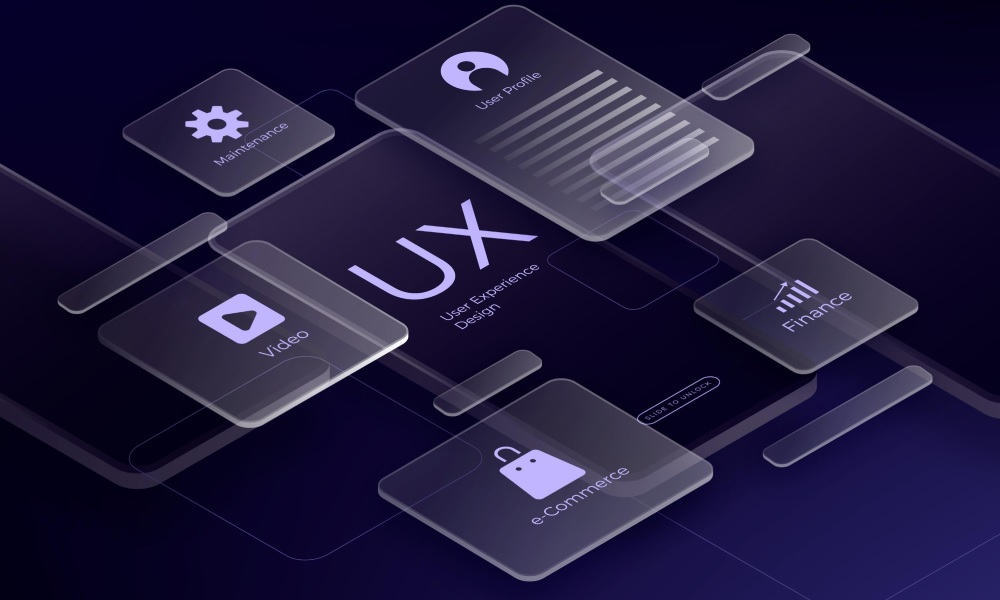Are you planning to be a UX designer? Then let’s pat your back first because you have chosen a career that will feed your creative soul, let you explore the world of digital products, and obviously make your bank account bigger than your ten-digit mobile number. If you have experience in design, have a passion for digital goods, and want to work in the tech industry. Then this profession is perfectly your cup of tea.
But what are the requirements for UX designer jobs, and how do you become one? If this query is bugging your mind now, you’ve landed in the right place. We obtained all the required information that will satisfy your need by speaking with some business authorities who provide UX design and app development service with a reputation. Please scroll down to learn what they said.
What Are UX Designers, and What Do They Do?
When a user interacts with a digital or physical object (it can be a website or a coffee maker), user experience (UX) designers are in charge of creating the best possible user experience for them. Some UX UI design agencies concentrate on service design, such as making the general experience of taking public transportation or going to the doctor.
A UX designer’s primary focus is researching users, comprehending their behavior, and designing a user experience that makes it easy for users to complete their intended duties.
Even within the same UI UX designing company, a UX designer’s daily tasks can vary greatly from project to project, but generally, the job role includes:
- Study on users: Learning about users’ habits, objectives, drives, and requirements. UX teams may use various techniques to gather data, including focus groups, internet surveys, competitive analyses, and interviews with users and stakeholders. Decision-making is aided by the research and conversion of the data into qualitative and quantifiable information.
- Establish user profiles: Make representative personas of the main user categories’ behaviors and demographics. Personas can be used to create detailed scenarios, such as a day in the life of a persona, that demonstrate how the product works in the user’s regular schedule.
- Identify a digital product’s information infrastructure: Arrange the information in a website or app to help complete user duties or learn more about the product. Consider a chatbot or a sitemap with instant-answer prompts as examples of an effective information architecture that directs users to where they are and how to get the required data.
- Develop prototypes: Creating a clickable or tangible interactive final form of the product before it is developed. The user should be able to try the key product interactions thanks to it. Designers can even capture prototypes as videos using today’s prototyping tools to walk users through the features of the product’s design.
- Product testing on actual customers: Collecting customer information to develop a minimum viable product (MVP) is one of the key responsibilities of a UX designer. An MVP is the initial product version that meets the minimum standards necessary for launch. Both structured and unstructured product trials are possible.
For the organized ones, designers solicit user input by posing targeted queries. And for the unstructured ones, feedback is collected based on the user’s natural reaction rather than through specific inquiry, and the user is left to their own devices to figure out how to use the product.

